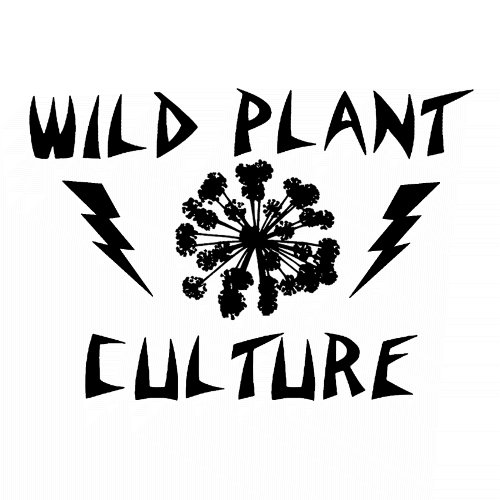Twelve Pollinator Plants from Spring Thaw to Autumn Frost

Inspired by all the pollinator action outdoors and some great books we've acquired, here's a quick stab at a dozen native flowers we grow which support pollinators from early spring to the beginning of hard frosts in October... in chronological order.
The books? We lean heavily on Pollinators of Native Plants by Heather Holm and Butterflies of the East Coast by Cech and Tudor, among others.
By no means comprehensive, here are twelve wildflowers and their attendant pollinators. Enjoy!

Rue Anemone: A diminutive woodland wildflower, rue anemone blooms for a long period of time and provides pollen for sweat bees, mining bees, cuckoo bees, mason bees, syrphid flies, bee flies, and more. Blooms April - May

Virginia Waterleaf: A low herb of streamsides and rich woods, waterleaf has showy clusters of blooms which attract queen bumblebees early in the season, as well as sweat bees, small carpenter bees, mason bees, mining bees, syrphid flies, and ants.

Wild Geranium: These bright, open flowers dwell in open woodlands and on meadow edges. They support azure butterflies, mining bees, sweat bees, small carpenter bees, and mason bees, and are the larval host for two moth species.

Wild Columbine: This flame-flowered beauty blooms on rocky ridges and bluffs, attracting hummingbirds as they arrive during spring migration. Also supports bumble bees and sweat bees, and is a larval host for two moth species. Flowers May-June

Wild Hydrangea: A low, rounded shrub of ravines, bluffs, and other inaccessible and special places in the forest. It provides blooms at a "lull" time when relatively few forest flowers are blooming. Host plant for the Hydrangea Sphinx moth. Blooms June.

Purple Flowering Raspberry: A showy flowered low shrub with large gentle leaves and thornless stems, it attracts many native bees including bumblebees, and is considered to be of "special value" by the Xerces Society. Blooms June-July

Swamp Milkweed: The milkweeds are rightfully considered as classic pollinator plants. This species thrives in moist soils and supports butterflies including monarchs, fritillaries, skippers, admirals, sulphurs, whites, and crescents; bees, wasps, beetles, moths including hummingbird clearwing, and more. Host plant for monarch butterflies. Blooms July.

Wild Bergamot: A beautiful and aromatic mint family wildflower of well-drained meadows and edges. Sure to bring hummingbird clearwing moths, as well as swallowtails, fritillaries, silver-spotted skippers, and a host of native bees including bumble bees, sweat bees, cuckoo bees, small resin bees, long-horned bees and others. Larval host for three moth species. Blooms July.

Woodland Sunflower: A perennial sunflower of well-drained woodland and openings, it attracts small bees and syrphid flies and is the host plant for the silvery checkerspot butterfly. Blooms July-August.

Boneset: A white-blooming wildflower of sunny, moist soils, Boneset is a magnet for small pollinators such as sweat bees, mining bees, yellow-faced bees, bumble bees, as well as numerous beneficial predatory wasp species. Host plant for three moth species. Blooms August, plus or minus a week of July and September.

White Turtlehead: With a spike of white flowers shaped vaguely like turtle's heads, this flower needs strong bees such as bumble bees and long-horned bees to pry open the flowers and climb inside. Host plant for the Baltimore Checkerspot butterfly. Blooms September.

Showy Goldenrod: Blooming very late in the season, showy goldenrod is a great season extender for pollinator gardens.
All of the goldenrods are considered to be high value pollinator plants, attracting a host of native bee species as well as butterflies. Blooms October.
